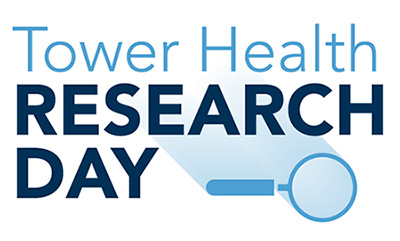Keywords:
Rash, Infectious disease, dermatology, erythema multiforme, varicella zoster, VZV, Hodgkin's Lymphoma
Start Date
14-10-2021 10:45 AM
End Date
14-10-2021 11:45 AM
Recommended Citation
Bchech, Raghda and Gill, Christi, "Erythema Multiforme Secondary to VZV in Patient with History of Hodgkin's Lymphoma" (2021). Tower Health Research Day. 4.
https://scholarcommons.towerhealth.org/th_researchday/2021/postersessionII/4
Erythema Multiforme Secondary to VZV in Patient with History of Hodgkin's Lymphoma
Erythema Multiforme is caused by a hypersensitivity reaction that involves the skin and occasionally the oral mucosa. This occurs mostly in young adults between the ages 20 to 40 years and is more common in males. It most commonly results as an immune response to infections and specific medications. Infectious etiology is often caused by HSV 1 & 2, mycoplasma pneumonia, fungal infections and less commonly Ebstein-Barr virus, coxsackie, parvovirus B19, HIV, influenza and varicella zoster virus. The patient in this case report is a 19-year-old male with history of asthma and remote history of stage 4A Hodgkin’s lymphoma status-post bone marrow transplant in remission, presenting with high fever, coryza and diffuse rash. He began developing painful blistering lesions in the oral cavity and erupted diffusely on his body including his torso, back, upper and lower extremities, sparing palms and soles. Workup for infectious etiologies including HSV, RSV, influenza, Syphilis, Mycoplasma and HIV were negative. Additionally, patient had not endorsed taking any new medications. On day 3 of admission, Varicella zoster virus (VZV) IgM antibody began to increase with negative IgG levels. Workup was positive for acute varicella zoster virus infection which was noted to be the likely etiology of erythema multiforme. Patient had normal titers prior to bone marrow transplant and was up-to-date on his childhood immunizations. Varicella zoster is not a common cause of erythema multiforme given immunization rates and prevalence. Physical exam findings of EM include target appearing lesions with blistering or pallor seen centrally surrounded by well-circumscribed erythema. These lesions can eventually erupt causing hemorrhagic hyperpigmentation. Treatment targets the underlying etiology of erythema multiforme.


